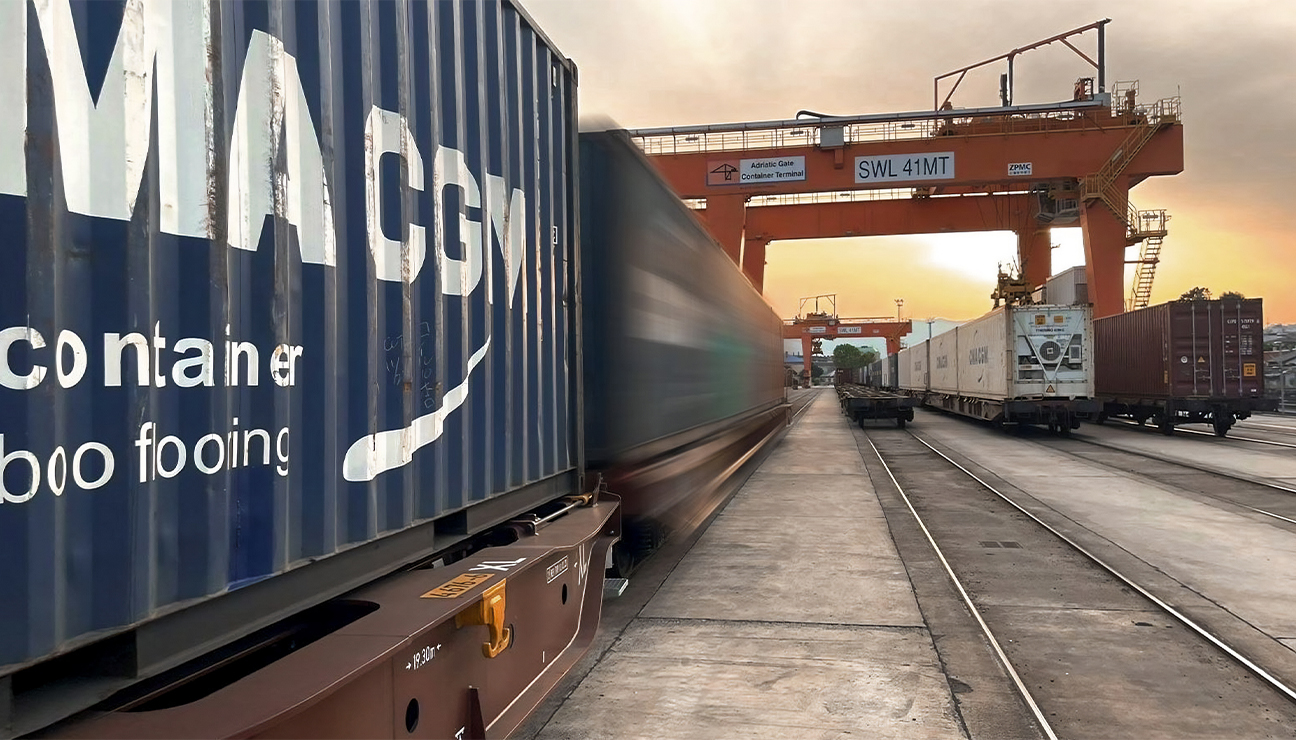Locus Robotics, a global leader in autonomous mobile robots (AMRs) for warehouse automation, has broken ground on its new global HQ in Wilmington, Massachusetts, USA. The expansion stands as a reflection of the company’s remarkable growth and its unwavering commitment to future innovation in the rapidly advancing field of warehouse automation.
“We’re thrilled to break ground on our new headquarters in Wilmington,” said Rick Faulk, CEO of Locus Robotics. “This is a significant milestone that reflects our robust growth trajectory and our dedication to revolutionising the warehouse automation sector with cutting-edge, AI (Artificial Intelligence)-driven robotics solutions.”
The nearly 200,000 sq ft/18,580m² facility in the Boston area will serve as the hub for Locus Robotics’ expanding global operations and will house Locus’s dynamic team of engineering, manufacturing, and operations professionals dedicated to driving innovation in robotics warehouse automation. The extra space also provides room for future expansion and growth.
With its AI and data science-driven LocusONE Warehouse Automation Platform at the core of the Locus solution, the company continues to empower labour-strapped 3PL, retail, healthcare, and manufacturing businesses to optimise productivity in their operations, reduce costs, and stay competitive in the rapidly evolving e-commerce landscape.
The LocusONE Warehouse Automation Platform enables the smooth orchestration of enterprise-scale multiple robotic form factors within a single coordinated platform. LocusONE optimises robotic task allocation, route planning, and resource use, while delivering real-time insights into warehouse operations.
Faulk also emphasised the company’s goal of contributing further to the local economy. “Our new facility will stimulate job creation and innovation within the region, aligning with our vision of fostering world-class technological advancement and economic growth,” he added.
With this new milestone, Locus Robotics reiterates its commitment to delivering game-changing solutions that enable businesses to optimise their warehouse operations, enhance productivity, and meet the evolving demands of the market. The ground-breaking of the new headquarters lays a solid foundation for the company’s continuous growth and future innovations, affirming Locus Robotics’ position as a global leader in warehouse automation.
With more than 230 sites under contract around the world – some having as many as 500 LocusBots per site – the Locus solution efficiently and seamlessly orchestrates the operation and management of multiple robot form factors, and provides forward-looking, real-time business intelligence, critical for optimising productivity, proactively managing labour, and managing costs.
Locus Robotics‘ revolutionary, multi-bot solution incorporates powerful and intelligent autonomous mobile robots that operate collaboratively with human workers to dramatically improve piece‐handling, case-handling, and pallet-moving productivity 2X–3X, while optimising labour and making efficient use of warehouse space. Locus helps retailers, 3PLs, and specialty warehouses efficiently meet and exceed the increasingly complex and demanding requirements of fulfilment environments. Easily integrating into large-scale new and existing warehouse infrastructures without disrupting workflows, Locus transforms productivity without transforming the warehouse.
Locus’s EMEA presence is centrally located in Amsterdam, with an APAC presence located in Singapore.




